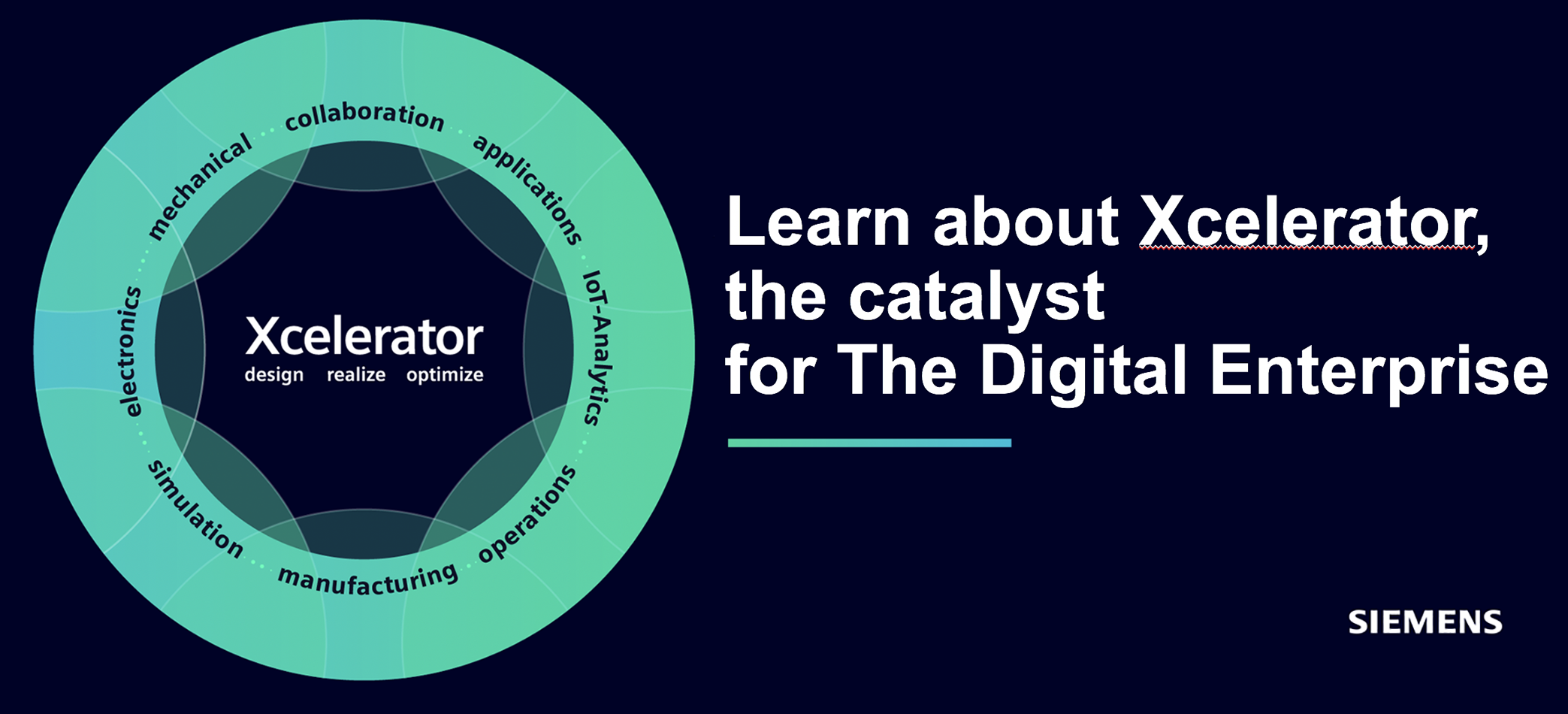First a brief background on Altair One: Built on a robust HPC backbone and decades of simulation, HPC, and artificial intelligence (AI) expertise, Altair One provides access to tools, data, and computing resources while unleashing the power of AI across every step of the product development life cycle. The company describes it as, “a revolutionary cloud innovation gateway for collaborative engineering, data engineering, and analytical application development.”
Among other things users have access to exclusive Altair One tools including:
* Altair DesignAI – Combines physics-based simulation-driven design and machine learning-based AI-driven design to create high-potential designs earlier in development cycles
* Altair Material Data Center – A multi-domain material properties repository to help create sustainable, efficient, minimum-weight designs.

Enables Datasets to Expand
Across Multiple Design Iterations
Overall, this week’s announced integration between Altair One Cloud Innovation Gateway and NVIDIA Omniverse Blueprint empowers users by giving them seamless, turnkey access to Omniverse Blueprint with minimal effort. This means that if users have built digital twins with Omniverse Blueprint in Altair One, they can easily deploy them across any cloud or on-premises environment. By systematically cataloging all data with essential metadata, Altair One enables datasets to expand across multiple design iterations. This supports the development of models in tools like the above mentioned Altair PhysicsAI, which can cut analysis time from hours or days to mere seconds or minutes.
In addition to the improvements above, Altair is using NVIDIA technology in other places to supercharge performance. For example, Altair OptiStruct now features the cuDSS GPU-accelerated Direct Sparse Solver library to improve performance on CPU and GPU-accelerated architectures, and Altair EDEM will soon support the NVIDIA Grace architecture.
Altair is also points at performance on NVIDIA Blackwell for Altair ultraFluidX, Altair nanoFluidX and EDEM, showing up to 1.6x improvement over NVIDIA DGX B200. For EDEM, this represents a 40x speedup compared to 32 processors.






